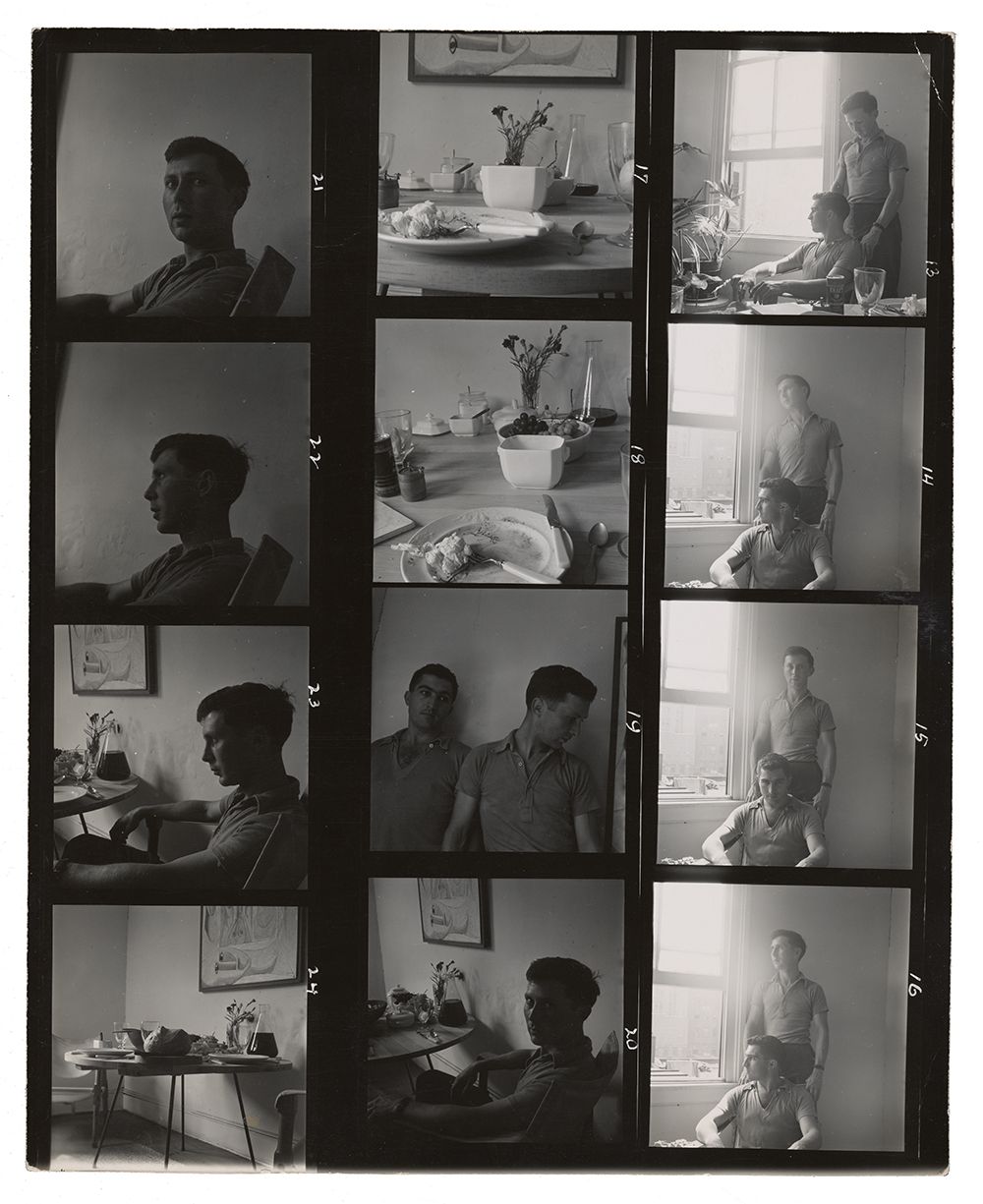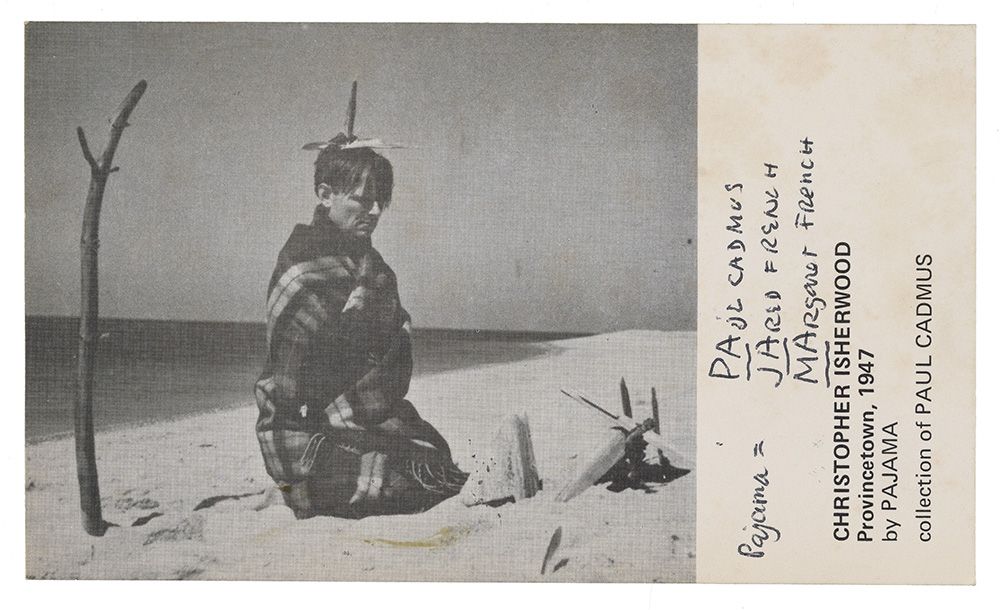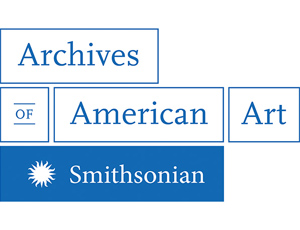Acquisitions: George Tooker Papers
/https://tf-cmsv2-smithsonianmag-media.s3.amazonaws.com/blogging/featured/AAA_tookgeor_68680_SIV.jpg)
In a November 1978 interview for Vermont Public Radio, George Tooker (1920–2011) stated wryly, “I certainly don’t want to see my pictures after they’re done.” The interview, preserved on two audio reels, is part of the 2018 addition to the Archives’ George Tooker Papers. The artist donated the first installment in 1973. More than doubling the collection’s size, this supplement, gifted by Tooker’s executor, features photographs and more letters and postcards from the so-called PaJaMa artists (Paul Cadmus, Jared French, and Margaret Hoenig French), in addition to materials dating from after 1973. The latter group includes correspondence with representatives at significant New York galleries Marisa del Re and DC Moore. Researchers will also find new sources related to Tooker’s early life, like his baby book. Taken together, these holdings neatly bookend the original gift.

One of many archival documents in the collection that demonstrate the relationships between Tooker and the other members of the PaJaMa group is a copy of a handwritten statement by Cadmus noting that he and Jared French introduced Tooker to painting techniques that moved him away from the “water color style” of tempera that he learned as a student of Reginald Marsh at the Art Students League. Cadmus and French, in turn, had learned their method from Daniel V. Thompson’s classic instructional manual The Practice of Tempera Painting (1936). Such information is significant for anyone conducting research on Tooker, as tempera remained his medium of choice throughout his career. A 1978 postcard from Cadmus offers an etymological breakdown of the group’s moniker. The new acquisition includes more than fifty postcards from Cadmus, which are full of inside jokes, studio updates, and frank complaints. Most document an extended period of European travel alongside Jared and Margaret French in the early 1950s. Cadmus deploys adoring nicknames for Tooker in the communications, including “Giorgio” and “BIT OF a Genius.”

The addition also includes material related to a series of panels Tooker painted for St. Francis of Assisi Church in Windsor, Vermont, a short drive from the artist’s home in Hartland. Researchers will find press clippings, photographs, and poignant notes from young members of the church thanking Tooker for a visit to discuss the meaning of the seven Catholic sacraments depicted in the paintings. The panels at St. Francis attest to Tooker’s growing spirituality in his later years and his deep ties to his local community. Further contextualizing Tooker’s life in Vermont are dozens of photographs with family and friends at his home and sketches mapping out his domestic gardens.
This completion of the George Tooker Papers complements other collections at the Archives, particularly the papers of the artist’s longtime partner, painter William Christopher. While the period in which Tooker, Christopher, and their circle were active is typically associated with abstract expressionism, these collections remind us of the multiplicity of thoughtful and innovative artistic practices at work in midcentury America.

